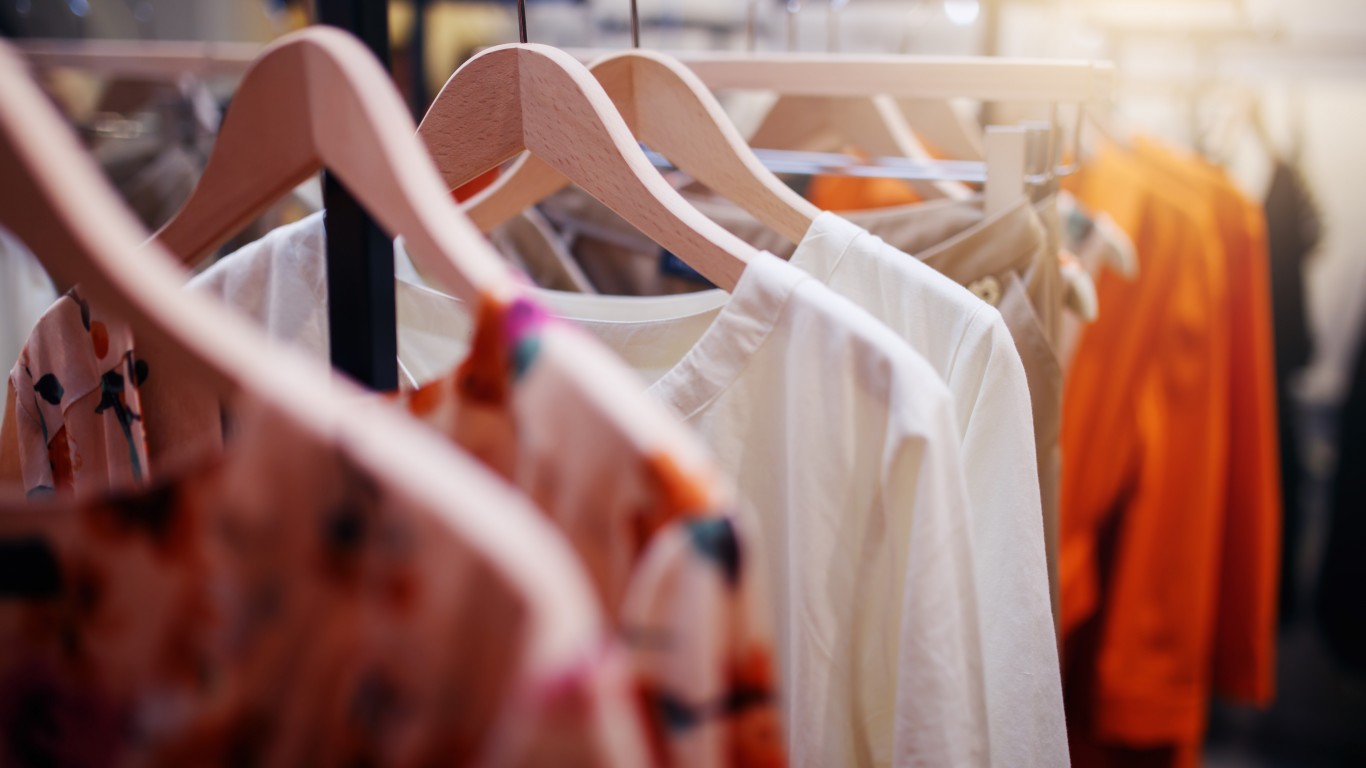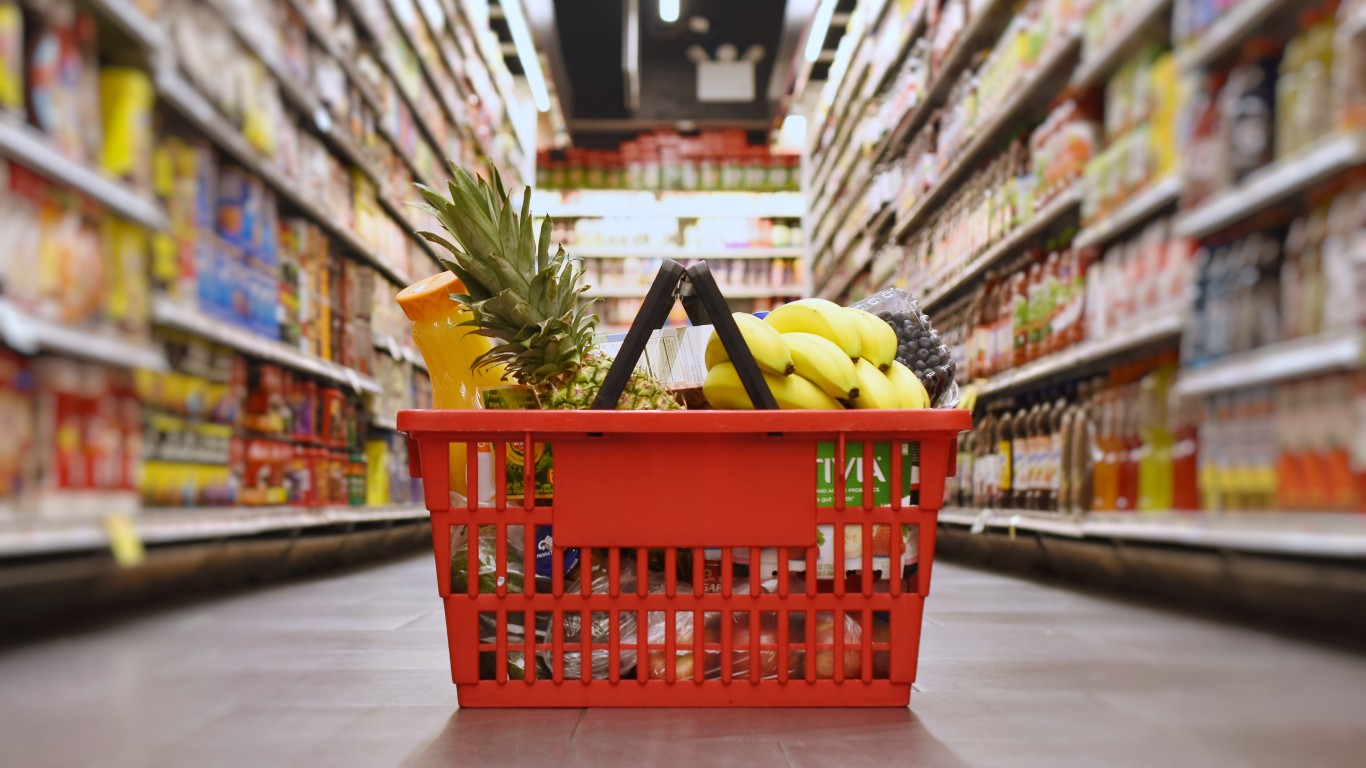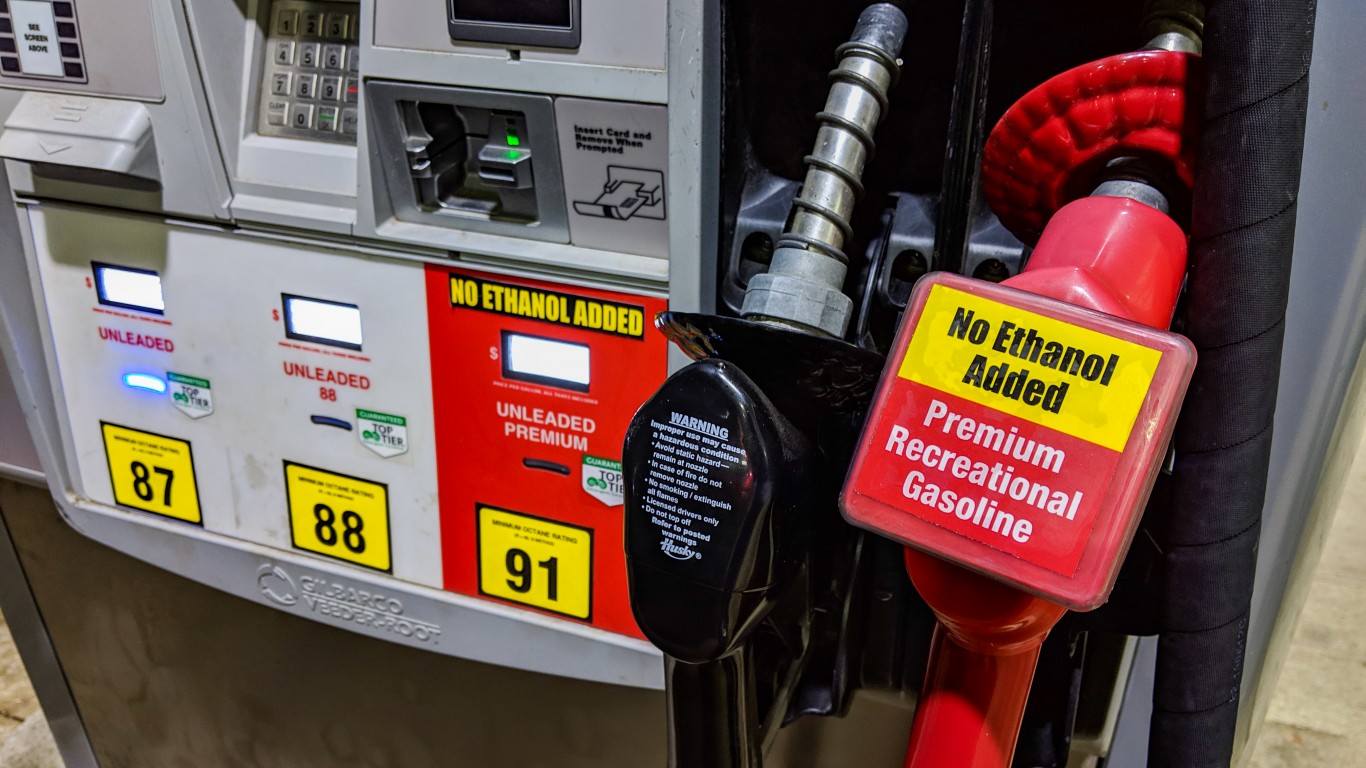
American spending habits have been altered substantially because of the pandemic, and more recently they have been altered because of rising prices. The more recent changes are likely to become more pronounced as consumers move toward the middle to 2022 and as higher prices continue to affect consumer habits. For most Americans, the largest expense remains housing.
Inflation reached 7.9% in February, according to the Bureau of Labor Statistics consumer price index, the highest in about four decades. The producer price index, which measures prices at the wholesale level, showed an increase of 10% in the same month. (Some states have higher costs of living regardless of inflation. These are the most expensive states to live in.)
Among the main items that have pushed the cost of living in America higher are gas prices. The average price of a gallon of regular gas rose above $4 this month and set a record. Just months ago, that figure was closer to $3. The prices of new and used cars have also jumped sharply because of a shortage of the chips utilized in car electronics and navigation systems. The prices of certain kinds of meats and grain have also risen by double digits compared to last year. (These are the states with the highest gas prices.)
To try and dampen inflation, the Federal Reserve Board of Governors announced a rate increase this month. Fed Chair Jay Powell said that there may be another four to six increases this year, and one could be as high as 0.5% in an attempt to bring down prices. Some economists, however, believe that a recession may be necessary for prices to stop their ascent.
The effort to stop inflation may also be hampered by the current geopolitical situation. The Russian invasion of Ukraine has pushed oil prices higher and will almost certainly press grain prices higher because Russia is one of the largest oil producers and Ukraine is among the largest exporters of grain in the world.
In the face of inflation, which has been partially offset by rising wages for some Americans, how do people in the U.S. spend their money today? Polling firm Morning Consult asked that question about people’s financial decisions in February and provided the data in its U.S. Consumer Spending Report for March 2022. 24/7 Wall St. reviewed the report to find what Americans are spending their money on.
The study is based on Morning Consult’s U.S. Consumer Spending and Personal Finances Survey. The monthly recurring survey asks questions about household income, spending, savings, debt, and housing payments. It also asks policy related questions on respondents’ experiences with government programs such as stimulus payments. The survey of 2,200 adults begins on the first or second day of each month and runs two to five days,
Based on the questionnaire, the average household expenditure of Americans in February was $3,274. That was up $141 from the previous month. The authors noted, “The single largest cost category is housing, which accounted for 35% of total spending last month.” That translated into $1,151. The problem this creates is that housing prices are almost always fixed. That means, in turn, as inflation pressures other costs, the American family gets squeezed financially.
Click here to see what Americans spend their money on

20. Personal care services
> Monthly spending amount: $32.00
> Percent of total spending: 0.93%
[in-text-ad]

19. Personal care products
> Monthly spending amount: $35.00
> Percent of total spending: 1.02%

18. Alcohol
> Monthly spending amount: $43.00
> Percent of total spending: 1.25%

17. Public transportation
> Monthly spending amount: $55.00
> Percent of total spending: 1.60%
[in-text-ad-2]

16. Airfare
> Monthly spending amount: $65.00
> Percent of total spending: 1.89%

15. Hotels
> Monthly spending amount: $71.00
> Percent of total spending: 2.06%
[in-text-ad]

14. Health care
> Monthly spending amount: $82.00
> Percent of total spending: 2.38%

13. Furniture
> Monthly spending amount: $85.00
> Percent of total spending: 2.47%

12. Apparel
> Monthly spending amount: $91.00
> Percent of total spending: 2.64%
[in-text-ad-2]

11. Education
> Monthly spending amount: $99.00
> Percent of total spending: 2.87%

10. Restaurants
> Monthly spending amount: $99.00
> Percent of total spending: 2.87%
[in-text-ad]

9. Car insurance
> Monthly spending amount: $120.00
> Percent of total spending: 3.48%

8. Gas
> Monthly spending amount: $137.00
> Percent of total spending: 3.97%

7. Telecom
> Monthly spending amount: $140.00
> Percent of total spending: 4.06%
[in-text-ad-2]

6. Health insurance
> Monthly spending amount: $153.00
> Percent of total spending: 4.44%

5. Auto leases and loans
> Monthly spending amount: $160.00
> Percent of total spending: 4.64%
[in-text-ad]

4. Recreation and entertainment
> Monthly spending amount: $174.00
> Percent of total spending: 5.05%

3. Utilities
> Monthly spending amount: $210.00
> Percent of total spending: 6.09%

2. Grocery
> Monthly spending amount: $446.00
> Percent of total spending: 12.94%
[in-text-ad-2]

1. Housing
> Monthly spending amount: $1,151.00
> Percent of total spending: 33.38%
Is Your Money Earning the Best Possible Rate? (Sponsor)
Let’s face it: If your money is just sitting in a checking account, you’re losing value every single day. With most checking accounts offering little to no interest, the cash you worked so hard to save is gradually being eroded by inflation.
However, by moving that money into a high-yield savings account, you can put your cash to work, growing steadily with little to no effort on your part. In just a few clicks, you can set up a high-yield savings account and start earning interest immediately.
There are plenty of reputable banks and online platforms that offer competitive rates, and many of them come with zero fees and no minimum balance requirements. Click here to see if you’re earning the best possible rate on your money!
Thank you for reading! Have some feedback for us?
Contact the 24/7 Wall St. editorial team.
 24/7 Wall St.
24/7 Wall St. 24/7 Wall St.
24/7 Wall St. 24/7 Wall St.
24/7 Wall St.

